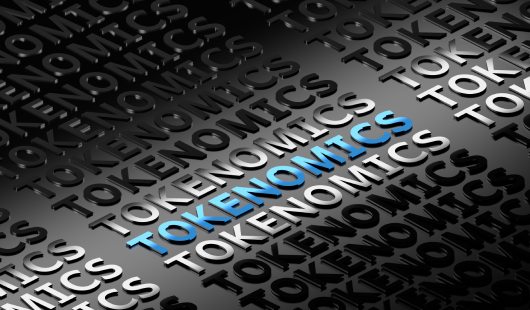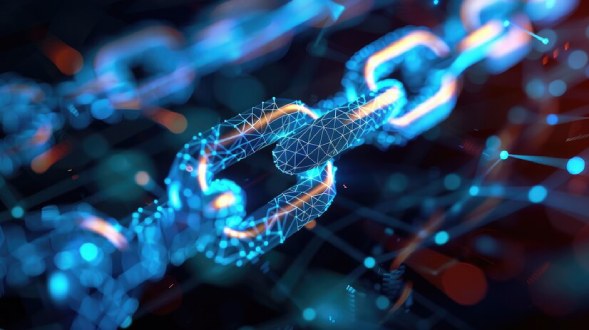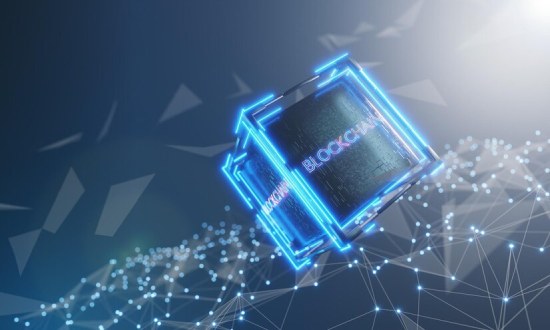-
Blockchain gaming has emerged as a revolutionary sector within the gaming industry, leveraging decentralized technology to create transparent, secure, and player-driven ecosystems. Central to this innovation is the concept of tokenomics, which combines blockchain gaming development with economic principles to design and manage the digital assets that power these games. In this blog, we explore the economics of blockchain gaming and delve into the intricate world of tokenomics.
Read also | DAOs in Gaming: A New Governance Model
What is Tokenomics?
Tokenomics is a blend of "token" and "economics" and refers to the study and design of the economic systems within blockchain networks, particularly those involving digital tokens. In the context of blockchain gaming, tokenomics involves creating, distributing, and managing tokens that represent in-game assets, currencies, or other elements critical to the game's ecosystem.
Also, Read | GameFi and Blockchain: The Future of Online Gaming
The Role of Tokens in Blockchain Gaming
Tokens in blockchain gaming serve multiple purposes:
In-Game Currency
Tokens act as the primary currency for transactions within the game. Players can use tokens to purchase items, unlock levels, or access premium content.
Ownership of Assets
Blockchain technology ensures tokens represent true ownership of in-game assets. These assets can be traded, sold, or transferred between players.
Incentives and Rewards
Tokens are used to incentivize players for various actions, such as completing missions, participating in events, or contributing to the game's community.
Governance
Some games issue governance tokens that allow players to vote on game development decisions, creating a decentralized and player-driven approach to game management.
Check this Blog | Tokenization in Real Estate | Funds and Asset Management
Key Components of Tokenomics
Understanding the economics of blockchain gaming requires a look at several key components of tokenomics:
Token Supply
It defines the total number of tokens that will ever be created. A fixed supply can create scarcity and potentially increase the value of tokens, while an adjustable supply can be used to control inflation within a game's economy.
Distribution Model
It outlines how tokens are initially distributed among players, developers, investors, and other stakeholders. Fair and strategic distribution is crucial to ensure a balanced and thriving economy.
Utility
It represents the functionality and use cases of a token within the game's ecosystem. The more uses a token has, the more demand it will generate.
Liquidity
It represents the ease with which tokens can be bought, sold, or traded. High liquidity is essential for a healthy economy, allowing players to convert tokens into other assets or currencies easily.
Burn Mechanism
Some games implement a burn mechanism to reduce the total supply of tokens over time, thereby increasing scarcity and potentially boosting the token's value.
You may also like | Saudi Arabia is Ready to Embrace Web3 and Gaming
Economic Models in Blockchain Gaming
Blockchain games often employ various economic models to manage their token ecosystems:
Play-to-earn (P2E)
This model allows players to earn tokens through gameplay. Tokens can be earned by completing tasks, winning battles, or participating in events. Axie Infinity, for example, has popularized this model, where players can earn tokens by breeding, battling, and trading Axies.
Pay-to-Play (P2P)
In this model, players purchase tokens to access the game or specific content within the game. This approach ensures that developers generate revenue while distributing tokens that can be used within the game.
Freemium
Players can access the game for free but have the option to purchase tokens for premium content, items, or advantages. This model attracts a broad user base while monetizing through in-game purchases.
Decentralized Autonomous Organizations (DAOs)
Some games incorporate DAOs, where token holders can vote on key decisions affecting the game's development and governance. This decentralized model empowers players and aligns their interests with the game's success.
Challenges and Opportunities
While tokenomics offers exciting opportunities for blockchain gaming, it also presents several challenges:
Regulatory Uncertainty
Tokens' legal status varies by jurisdiction, creating potential regulatory hurdles for game developers and players.
Market Volatility
The value of in-game tokens can be highly volatile, which can impact the game's economy's stability and players' financial well-being.
Security Risks
Ensuring the security of tokens and smart contracts is paramount to prevent hacks, fraud, and loss of assets.
Sustainability
Designing a sustainable economic model that balances token supply, demand, and utility over the long term is crucial to prevent inflation or deflation within the game.
Despite these challenges, the opportunities are immense. Blockchain gaming has the potential to create entirely new gaming experiences where players have real ownership of their digital assets, can earn real-world income, and participate in the governance of their favorite games. By leveraging tokenomics, developers can design vibrant and engaging economies that benefit both players and creators.
You may also like | Solana for Real Estate Asset Tokenization
Conclusion
The economics of blockchain gaming, driven by the principles of tokenomics, is reshaping the gaming industry. By creating secure, transparent, and player-centric ecosystems, blockchain games offer unprecedented opportunities for engagement, ownership, and financial reward. As the technology continues to evolve, the integration of sophisticated tokenomics models will be key to unlocking the full potential of blockchain gaming, heralding a new era of interactive and decentralized entertainment. Connect with our blockchain game developers today!

Our Offices
INDIA
Emaar Digital Greens, Sector 61,
Gurugram, Haryana
122011.
Welldone Tech Park,
Sector 48, Sohna road,
Gurugram, Haryana
122018.















